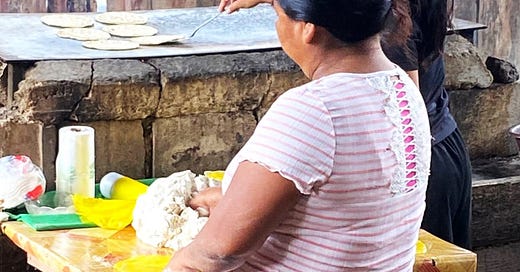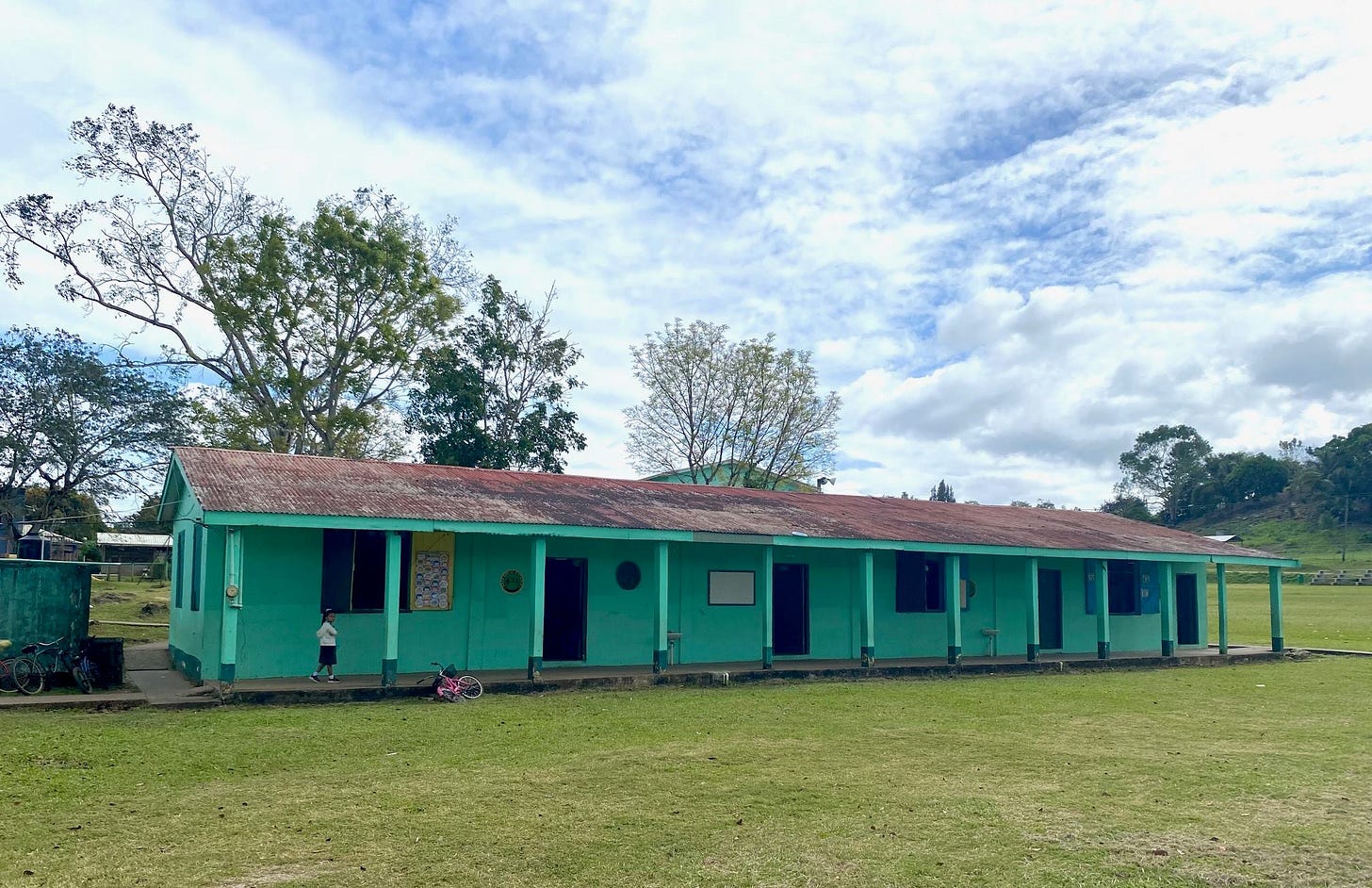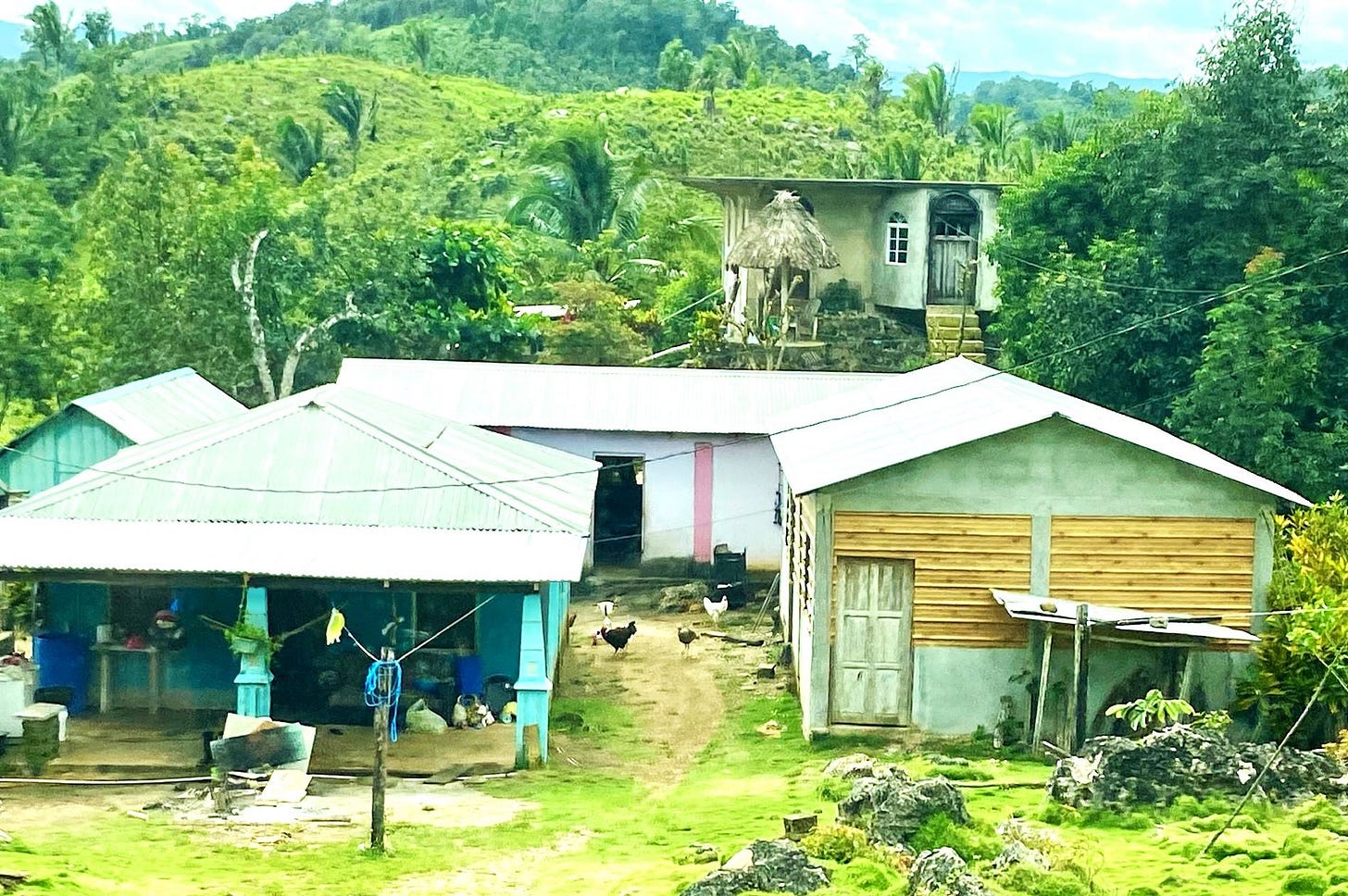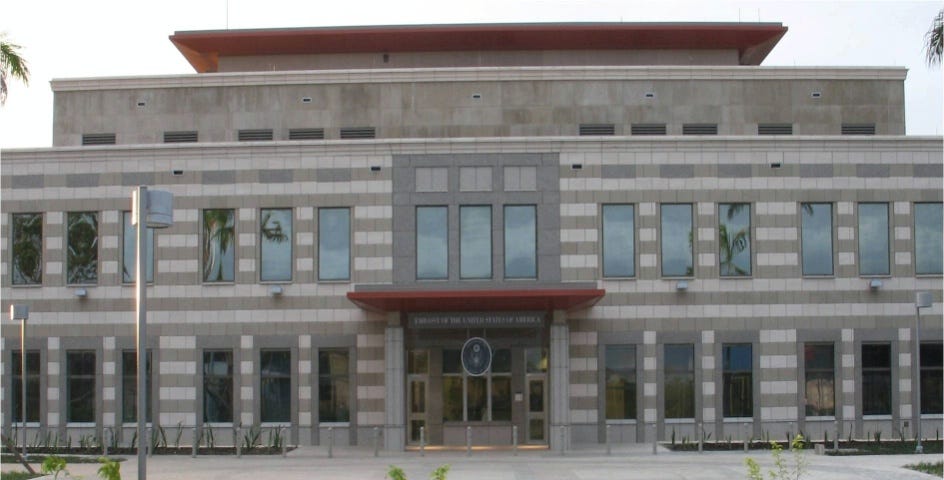Our trip to Belize has been one of stark contrast much like the country itself. We’ve stayed in deep rain forest and on a white sand beach, climbed ancient Mayan ruins and driven the crazy narrow streets of Belize City. We made tortillas by hand in a rustic family kitchen in a local village and took a speedy water taxi to an island on the Belize Barrier Reef. Belize is a country growing in tourism popularity as well as being home to many different cultures of people. With a population of around 400,000, Belize is a definite melting pot of races, traditions and languages. The people are highly diverse, but the primary cultures are Mestizo, Maya, Garinagu and Creole. Other established ethnic groups include Mennonites, East Indian and Chinese. We met a number of people whose families are refugees from El Salvador. Most Belizeans speak English or Creole, but some speak only Spanish. It’s a nation of big cities and tiny villages, modern in some ways and very primitive in others.
Photo: Making tortillas with the Lopez family in Armenia Village.
One of the most visible contrasts is prosperity verses poverty. The economy is based primarily on agriculture and tourism. In the cities and villages, some very nice homes are sprinkled between very simple shacks. There are many more basic, older structures than modern ones. Most villages have electricity, but running water is just recently becoming more available. Concrete floors and solid roofs are a luxury. Growing your own food is a necessity. Average annual incomes in the country are around $6500US. One of the most glaring problems in Belize is opportunity for education. Belizeans have to pay for their children to go to school beyond the primary grades, so many families have to choose between sending their children to school or feeding them.
Photo: Classrooms at Armenia Government School
This is where the story gets interesting and why we ended up in Belize. About nine years ago we met Mark and Adrienne Parcher at our local church. We became fast friends and in conversations with them we kept hearing about a mission that they had started in Belize that involved getting children into school. To make a long story short, they went to live at Jaguar Creek in 2007, which at that time was a few wood buildings joined by rough plank boardwalks that allowed for one light bulb per structure and no indoor plumbing. They weren’t quite sure what they were meant to do but they felt called to be there. As Mark and Adrienne lived and worked among the people in the nearby villages, they saw the needs of the people first hand. Most of the children they came into contact with had incredible potential but little opportunity. Many of them assumed that they would stop attending school around age 12 and would continue to support their family farms or look for whatever work they could find. Adolescents who can’t attend high school are targeted by gangs, forced to do unskilled labor, and perpetuate generational poverty.
Photo: Typical homes in Armenia Village
Could it even be possible for a few people from outside of Belize, working alongside Belizean families, to do anything to change the outlook for this beautiful country and its children? Not without the hand of God. Part Two of this story will be my next post. Prepare to meet some amazing people, both adults and students, who have real potential to transform Belize from the inside out.
Photo: US Embassy in the capital city of Belmopan.







Dear Cathey, you certainly bring tears to my eyes with some stories! I agree with Lynn tell them all. I also hope you will pass on some Knowledge of how to contribute where it will reach the right place!
Cathey fantastic ....looking forward to more stories ❤️